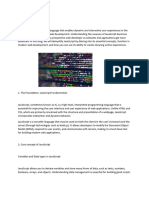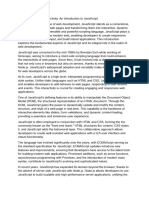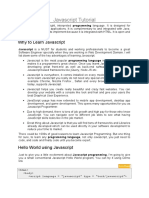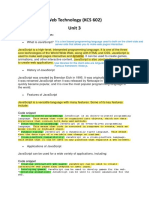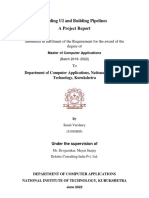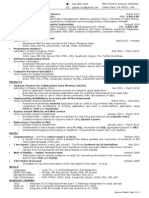0% found this document useful (0 votes)
7 views2 pagesVisual Chart Showing Javascript'S Evolution and Uses Across Different Fields 7 Potential Questions You Might Ask Next
Uploaded by
movie userCopyright
© © All Rights Reserved
We take content rights seriously. If you suspect this is your content, claim it here.
Available Formats
Download as RTF, PDF, TXT or read online on Scribd
0% found this document useful (0 votes)
7 views2 pagesVisual Chart Showing Javascript'S Evolution and Uses Across Different Fields 7 Potential Questions You Might Ask Next
Uploaded by
movie userCopyright
© © All Rights Reserved
We take content rights seriously. If you suspect this is your content, claim it here.
Available Formats
Download as RTF, PDF, TXT or read online on Scribd
/ 2














